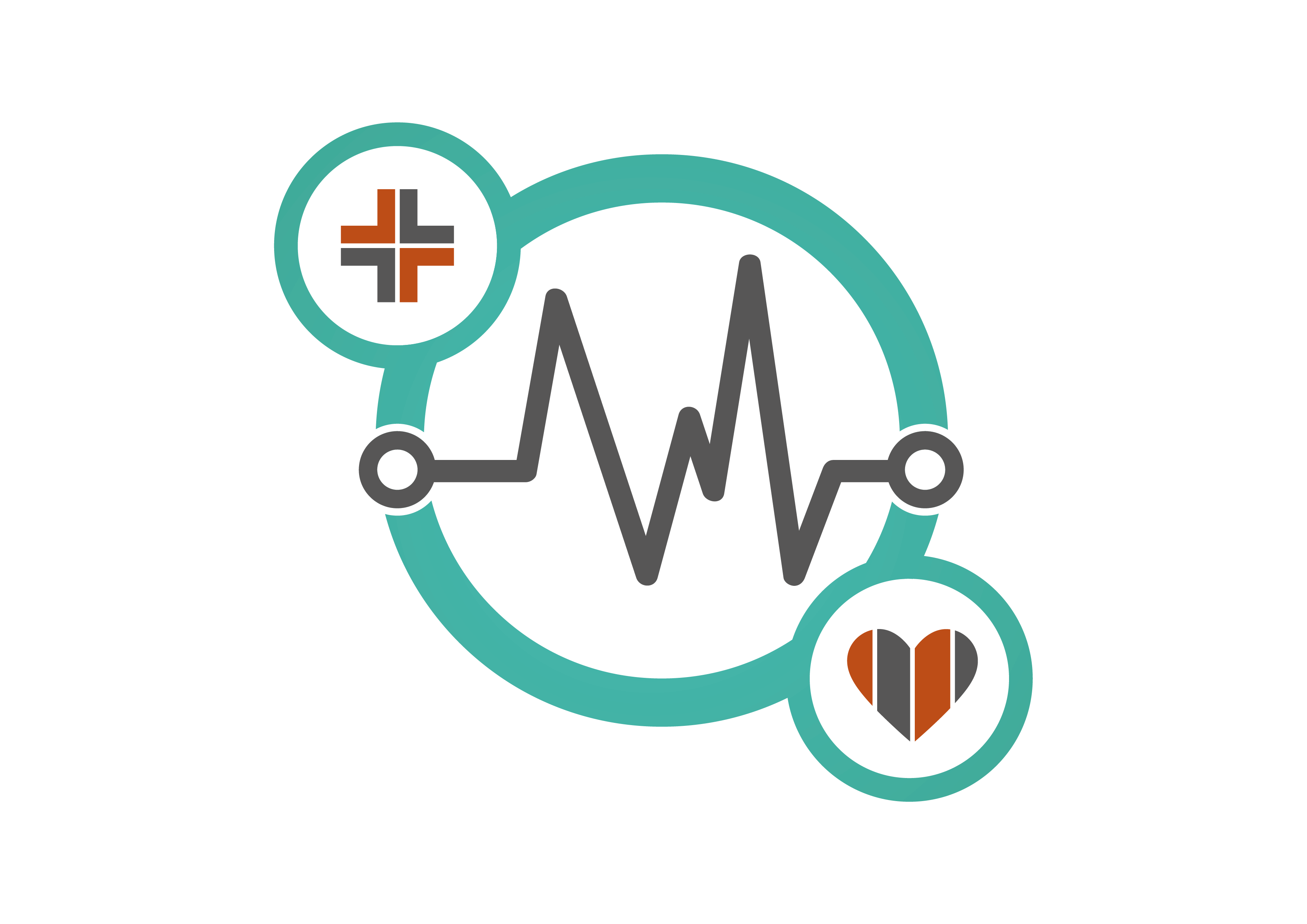Hexarad is a healthcare start-up that has developed workflow management software for NHS radiology departments. Here, Dr. Farzana Rahman BSc, MBBS, MSc, FRCR, CEO of Hexarad, talks to us about the diagnostic delays within radiology and how technology and better administration can lead to better solutions within this area.
Healthtech is a massive, and ever-growing field, that encompasses everything from AI diagnostics to mRNA vaccines. One area that is less glamorous but has a huge bang for your buck is workflow management and clinical efficiency software. Getting workflow management right can help clinicians work more efficiently leading to better patient outcomes. We have seen the impact that this technology can have in radiology, as diagnostics services come under unprecedented strain in the post-pandemic recovery period.
Radiology in crisis
It’s no secret that there is an enormous shortfall in the radiologist workforce, but the consequences of this are often poorly understood. Medical advances have meant that there has been a rapid increase in the number and complexity of scans but not enough radiologists to report them.
This leads to real-world consequences for patients for whom delays in imaging can have catastrophic consequences. Days, hours and minutes matter hugely when it comes to diagnosis and delays prevent early treatment and lead to poorer outcomes. To put that into perspective, for cancer patients, every month of delayed treatment can lead to a 10% increased risk of death.
Healthcare systems simply cannot function without radiology. There are over 3.6 billion radiology exams globally each year, including 43 million in the UK alone. Every medical department relies on radiology to provide diagnoses, and without a diagnosis, treatment is often impossible. The shortage of radiologists has been building up for some time, but the crisis has been worsened by the COVID-19 pandemic, as waiting lists have hit record highs. There are now 200,000 patients waiting more than six weeks for a scan, a tenfold increase over the pandemic.
The most recent census report from the Royal College of Radiologists showed that more than half (58%) of radiology leaders say they do not have enough diagnostic and interventional radiologists to keep patients safe. The number one concern for doctors is staff shortages leading to delayed diagnoses. The RCR census report also showed that 97% of clinical directors were concerned about the backlogs and delays that patients were experiencing, and 81% cited worries about patient safety.
Attempts to increase the consultant radiologist workforce are underway, but improvements are not currently keeping up with demand. Last year, the UK performed approximately 70 scans per minute but radiologist shortages mean that delays in reporting those are increasing. The Royal College of Radiologists estimates that radiologist shortfalls range from 24-38% across the UK and predicts that the shortfall could rise to 44% by 2025.
So, with recruitment efforts for new consultant radiologists stalling, how can healthcare systems cope with soaring demand?
Improving management and finding efficiencies
For years, healthcare systems have been relying on outsourcing to boost their capacity. However, sustainable solutions designed specifically for radiology have the potential to deliver system-wide transformations by focusing on the key causes of unnecessary diagnostic delays.
Focusing on allocative efficiency can address the strain on radiology resources. Getting the right scan, to the right radiologist, at the right time can massively speed up the scan reporting process. Happily, there has been a growth in radiology-focused platforms that offer a suite of solutions. Features such as rota management, scan allocation and intelligent supply and demand forecasting can help hospitals address issues before they arise.
In healthcare systems under strain, rota management can often be overlooked, but effective management means that the right radiologist is in the right place to report on a scan at the right time. When resources are constrained, they must be used as efficiently as possible. Radiology rostering is highly specialised and niche but getting it right to optimize output is essential. Not all radiologists report the same types of studies, and, as well as reporting scans, they perform procedures, teach and lead multi-disciplinary team meetings.
Radiographers have similar levels of complexity in terms of their profiles – some are specialised within certain modalities such as CT, MR or ultrasound whilst others can not only perform studies but also report them. Taking into account these complexities to optimise efficiency is vital but complex. But the next generation of complex tools are being designed to do this and also provide accurate business intelligence functions for radiology departments so that they can improve how they allocate scans, forecast supply and demand and monitor performance.
Another key source of diagnostic delays is old or incompatible software and admin burden. A recent example of this was an NHS Foundation Trust which found that its Legacy RIS (Radiology Information System) was unable to support integration with a teleradiology provider. This meant that they not only had a significant scan reporting backlog that had built up, but that they were also unable to use teleradiology to help to clear that backlog.
The development of a radiology web-based reporting portal meant that this trust was able to significantly reduce its reporting backlog, cutting waiting times from 18 weeks to 1.5 weeks. The web-based portal also reduced the time taken to view the correct part of a scan from two minutes to 30 seconds, eliminating a significant admin burden and allowing for faster reporting.
What about AI?
When it comes to healthcare technology, especially in radiology, Artificial Intelligence is often the first thing that comes to mind. AI in radiology is an exciting field but it’s important to understand how best to use it.
In the past, there was huge excitement about AI technology potentially replacing radiologists. However, AI tools are decision-support tools, designed to help radiologists work more accurately and efficiently. One key issue with AI is that there isn’t always a clear place for it to fit into a clinical pathway, often leading to increased delays and frustration. Optimising workflow is a key step towards radiology departments being able to implement AI when the technology is ready to make a serious impact.
Looking forwards
Focusing on improving radiology capacity through technology solutions now will not only help healthcare systems to clear their COVID-19 backlogs but will also lead to greater resiliency moving forwards.
The benefits of shortening diagnostic waiting times are felt across every medical department. There is also a significant mental health burden on patients who are left waiting for a diagnosis, and healthcare leaders need to consider the knock-on effects that this could have beyond delayed treatment.
A future where patients all over the world have access to swift and accurate scan reporting is achievable, but we need to focus on solutions that can make a difference in the short term. With patients suffering serious, sometimes fatal consequences, from scan reporting delays, waiting is no longer an option.


